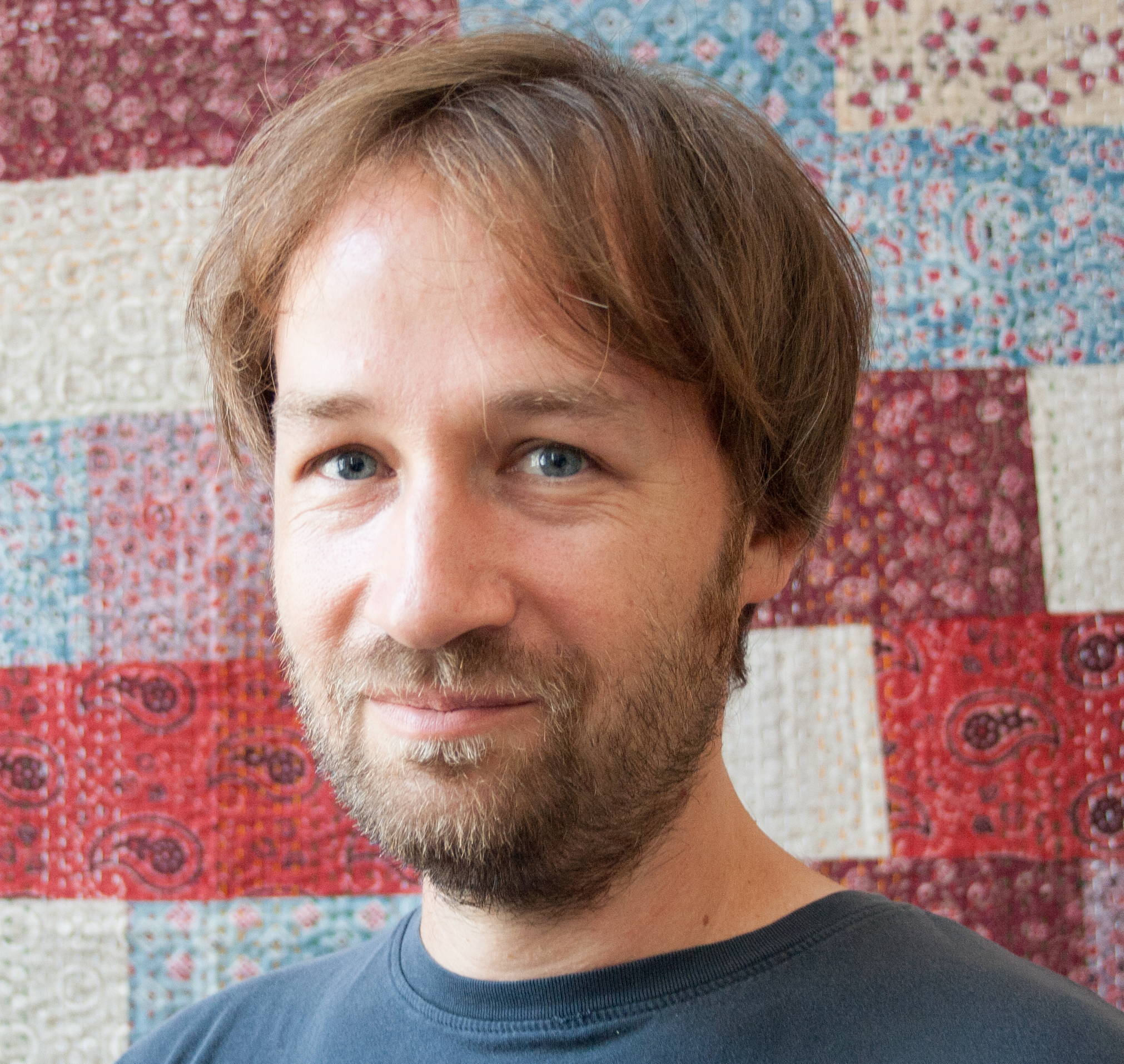19 June 2024

What can we learn from rock art about prehistoric music cultures? It must be assumed that many types of tools, such as hunting bows but also musical instruments, were made of organic materials in Southern African Later Stone Age hunter-gatherer societies, since they are not visible in the archaeological record. Until the early 2000s few prehistoric paintings were known from Namibia potentially depicting hunting bows, as they were held turned around (bow stave towards the body). These gave rise to a more integrate research invstigating how different uses of the bow, such as hunting and musical performances can be differentiated. The methods used in this discrimination process will be discussed as well as the results that can be gained about instrumental and non-instrumental musical performances in Namibia between ca. 6000 and 2000 BP.
Furthermore, a comparison with rock art in South Africa reveals differences in the playing techniques and social contexts of musical bow performances, highlighting the differences in past musical cultures across space and time.

Oliver Vogels studied Musicology, African Studies and Prehistoric Archaeology at the University of Cologne (Germany). During his studies he was part of research projects such as the CRC 389 ACACIA (A6), CRC 806 Our way to Europe (B1), and the Wadi Sura project
In his Master’s thesis he investigated musical bow performances in the the rock art of the Dâureb (Brandberg) in Namibia. In his PhD thesis he investigated the rock art of the Dâureb on a broader scale. By bringing together the archaeological record, local climate records, the radiocarbon record and geostatistical and GIS methods, and statistical analysis of the rock art, he could show that the Dâureb was visited particularly in times of drought, and that the spots chosen for painting reflect complex local and regional land-use patterns. In these land-use patterns daily activites such as hunting and gathering can be similarly determined as spots chosen for group activities such as ritual performances. Since 2019, Oliver Vogels is part of the research projects Indigenous Knowledge and Archaeoinformatics and Modelling Prehistoric Hunting, which aim to inform models on hunter-gatherer mobilty based on empirical data obtained from hunting activities of Ju/’hoansi (!Kung) hunting experts in Nyae nyae, Namibia.
